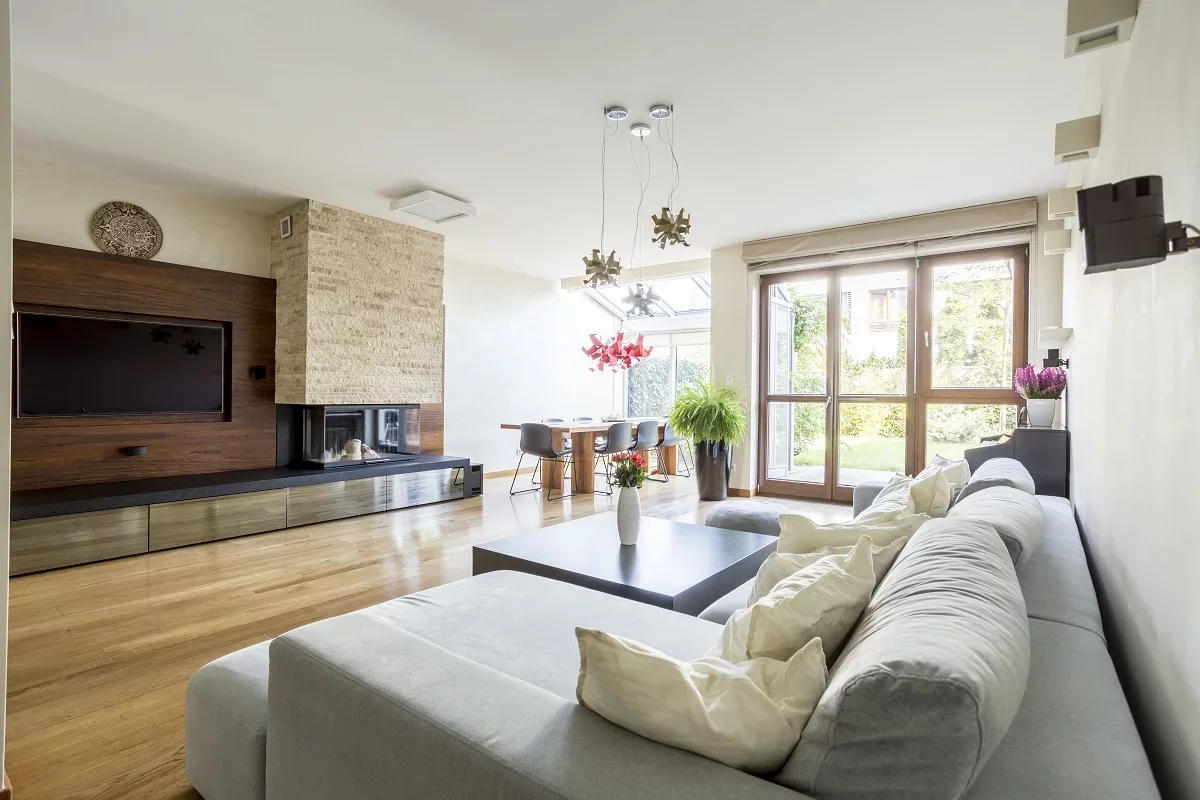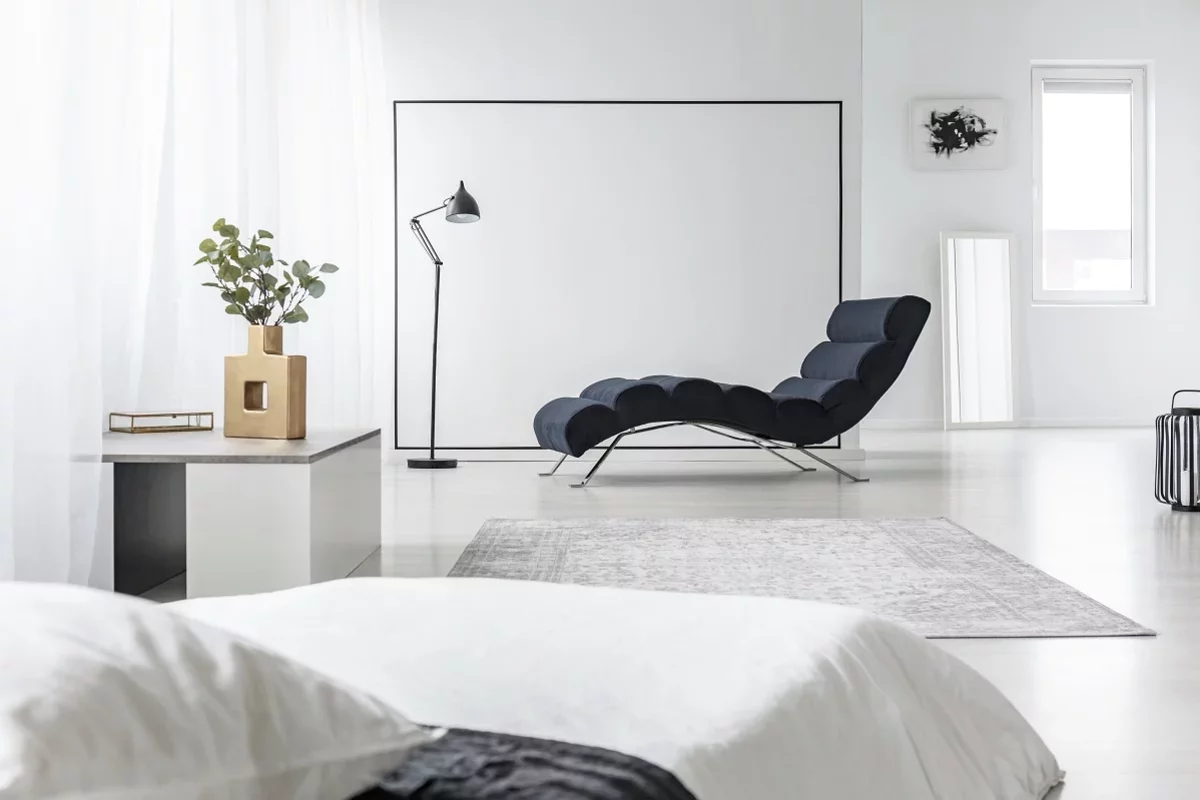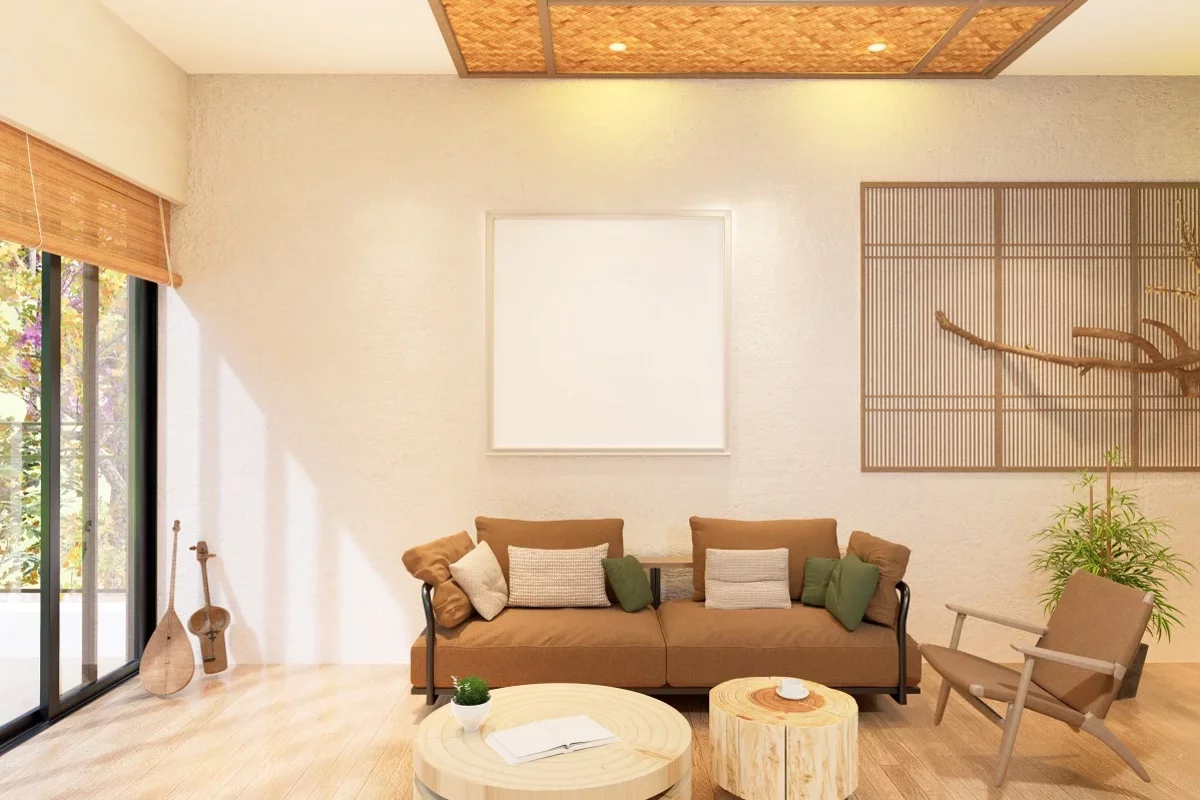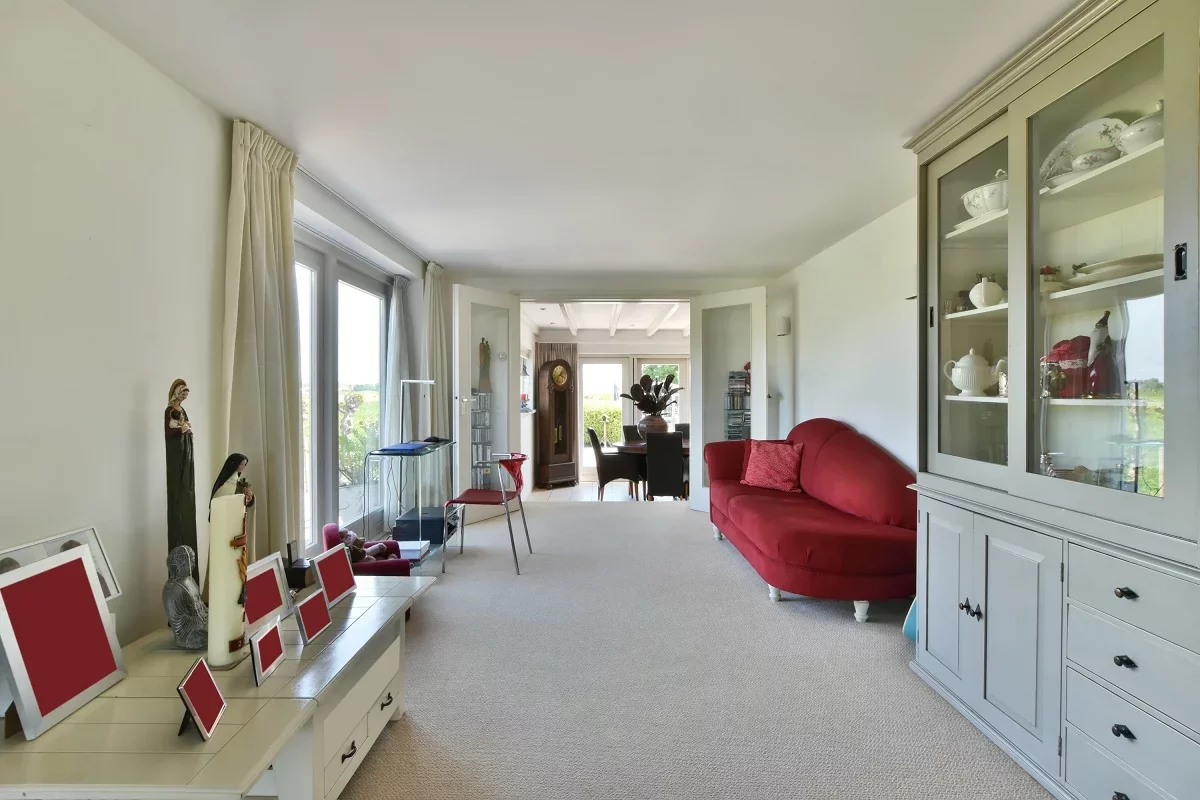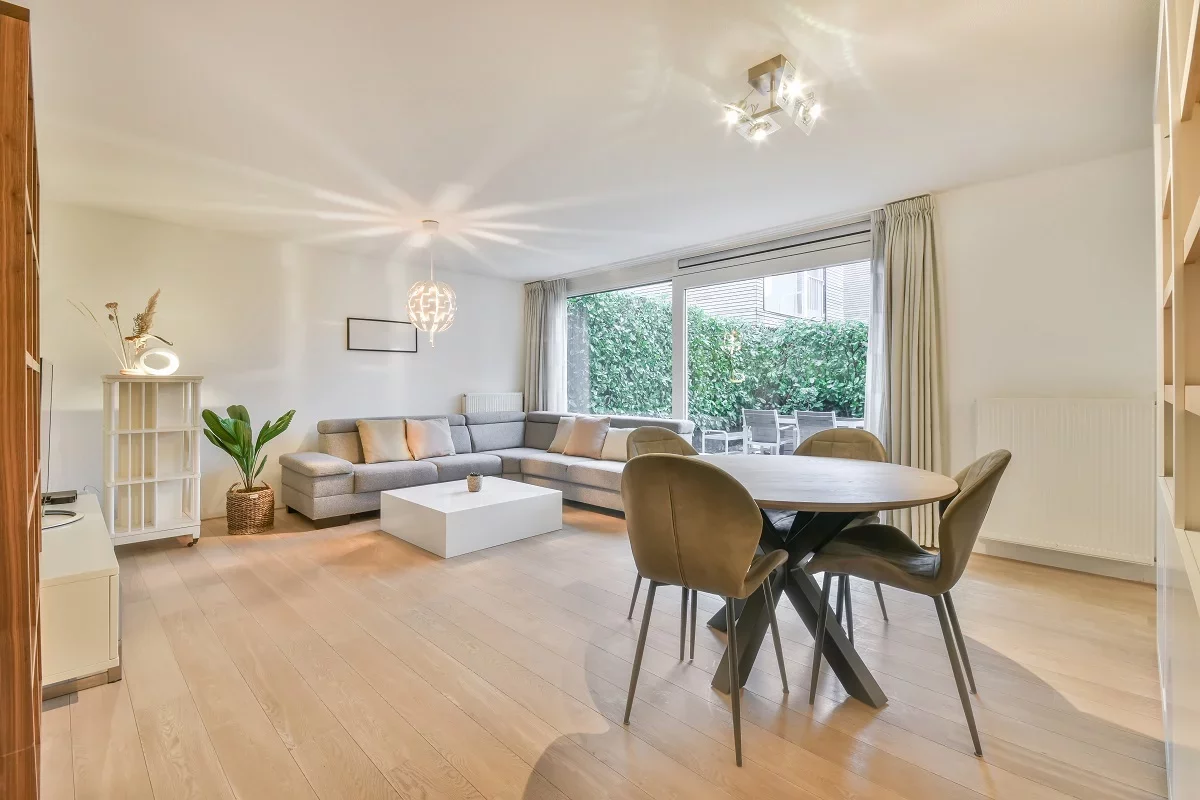Lounge style
In English «lounge» means idleness. This term appeared in the last century and at first referred to music only. Lounge-style instrumental compositions were played in cafés, hotels, office lobbies and lifts. Gradually the term ’lounge’ expanded beyond music culture and was used to describe interiors.
The lounge style of interior design suggests tranquillity and peacefulness. This style is especially popular in big cities. After hard working weekdays in offices, traffic jams, crowds in the underground and other nerve-racking, megapolis residents want physical and mental comfort. That is why lounge areas today can be found in large business centres (a kind of oasis of tranquillity) and in cafes, beauty centres, hotels and even ordinary flats.
The main features of the lounge style are minimalism, muted tones, no sharp angles, soft lines, and pleasant textures of fabrics and finishes. As for flats, the lounge is appropriate for bedrooms, living rooms or even balconies or bathrooms. Soft enveloping armchairs, aromatic candles, light curtains, decorative or real fireplace, privacy and relaxation are all elements of the lounge style.
The furniture in this interior shouldn’t be bulky — it should be functional and «invisible». If we are talking about bedrooms, it should have a comfortable mattress, a soft bedspread, diffused soft light and a wooden headboard with a fabric cover. Owners of such a bedroom wouldn’t want to leave it when the morning comes, so there should be an opportunity to have breakfast or afternoon break — a coffee table, a hanging wicker armchair and other similar stuff.
When it comes to materials, wood, stone, glass and metal are good for lounge areas. The main thing — do not overload the interior details, do not decorate and do not break the atmosphere of relaxation and pacification with unnecessary items.
By the way, in modern flats, designers often combine the lounge style with smart home systems.








